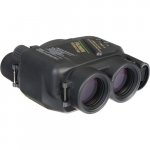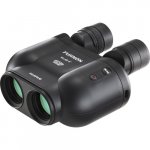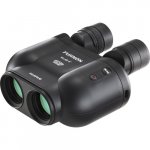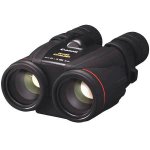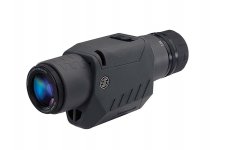There are some interesting differences between the Fujinon 14x40 TS and the new 14x40 TSX. The TS was a roof prism and the new TSX is a reverse porro for starters. Interesting that they changed the design. They got rid of the side hand straps which I kind of liked, they increased the IS from 5 degrees to 6 degrees and made the binoculars rounder for better ergonomics, and they serve as FLOATS! That is correct this binocular will float without a floating strap. You don't get the hard case any more instead you get a normal soft case and strap which isn't a big deal. Price has increased about $200 also.
https://www.bhphotovideo.com/c/prod..._7511440_14x40_TS1440_Techno_Stabi_Image.html
https://www.bhphotovideo.com/c/prod...6668012_ts_x14x40_techno_stabi_binocular.html
https://www.bhphotovideo.com/c/prod..._7511440_14x40_TS1440_Techno_Stabi_Image.html
https://www.bhphotovideo.com/c/prod...6668012_ts_x14x40_techno_stabi_binocular.html
Attachments
Last edited:




